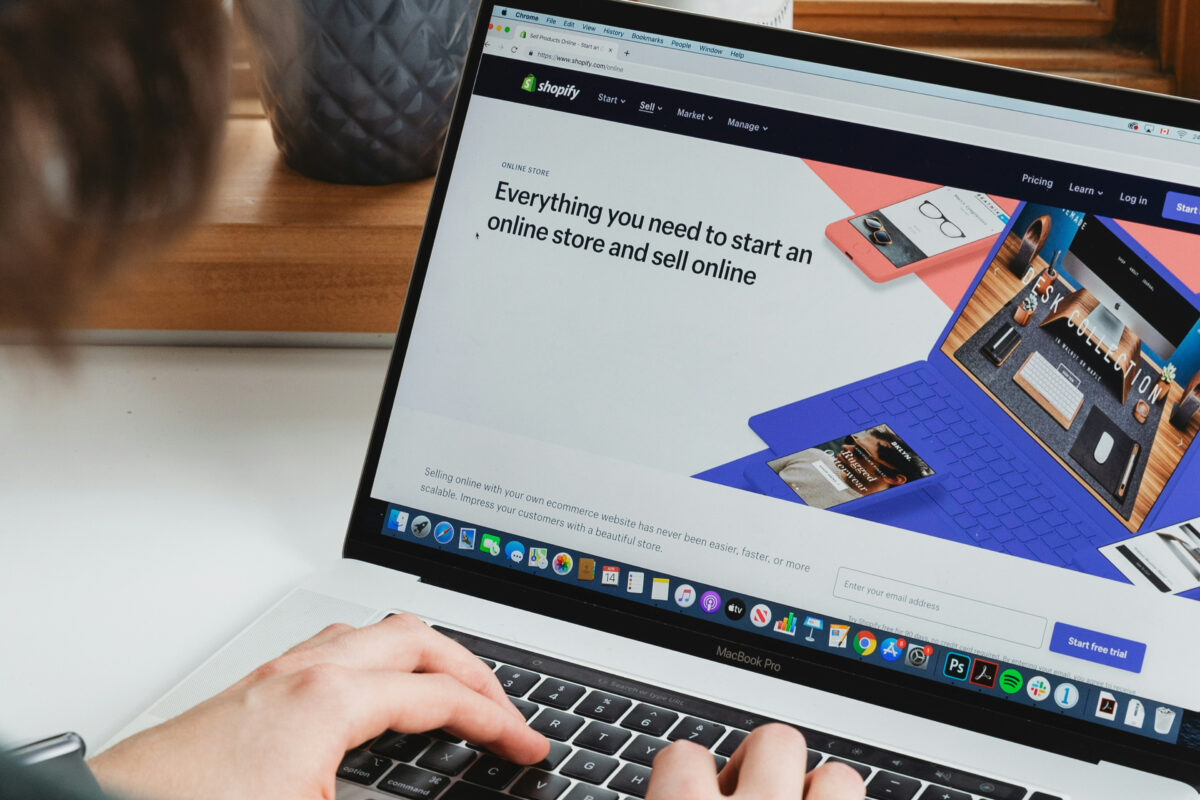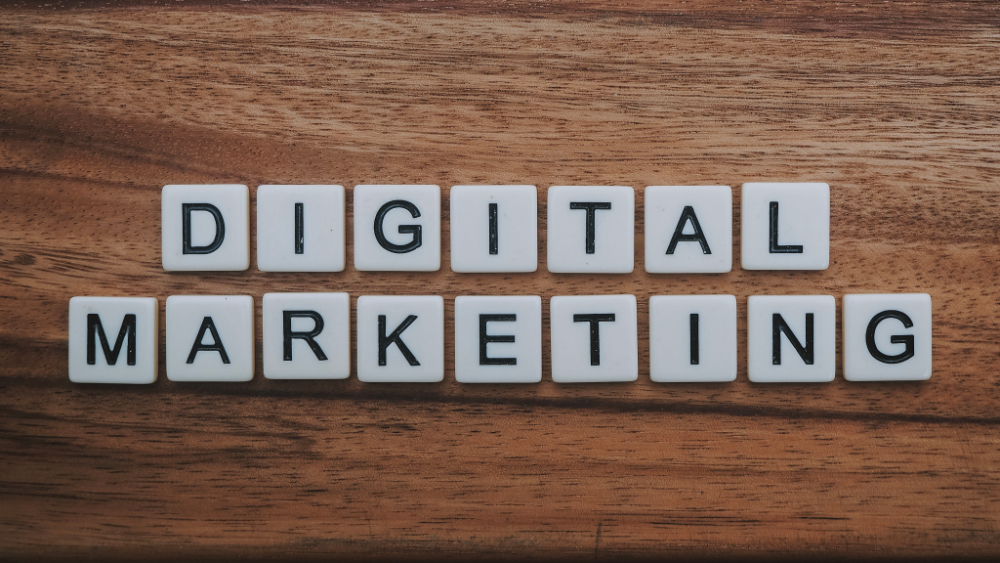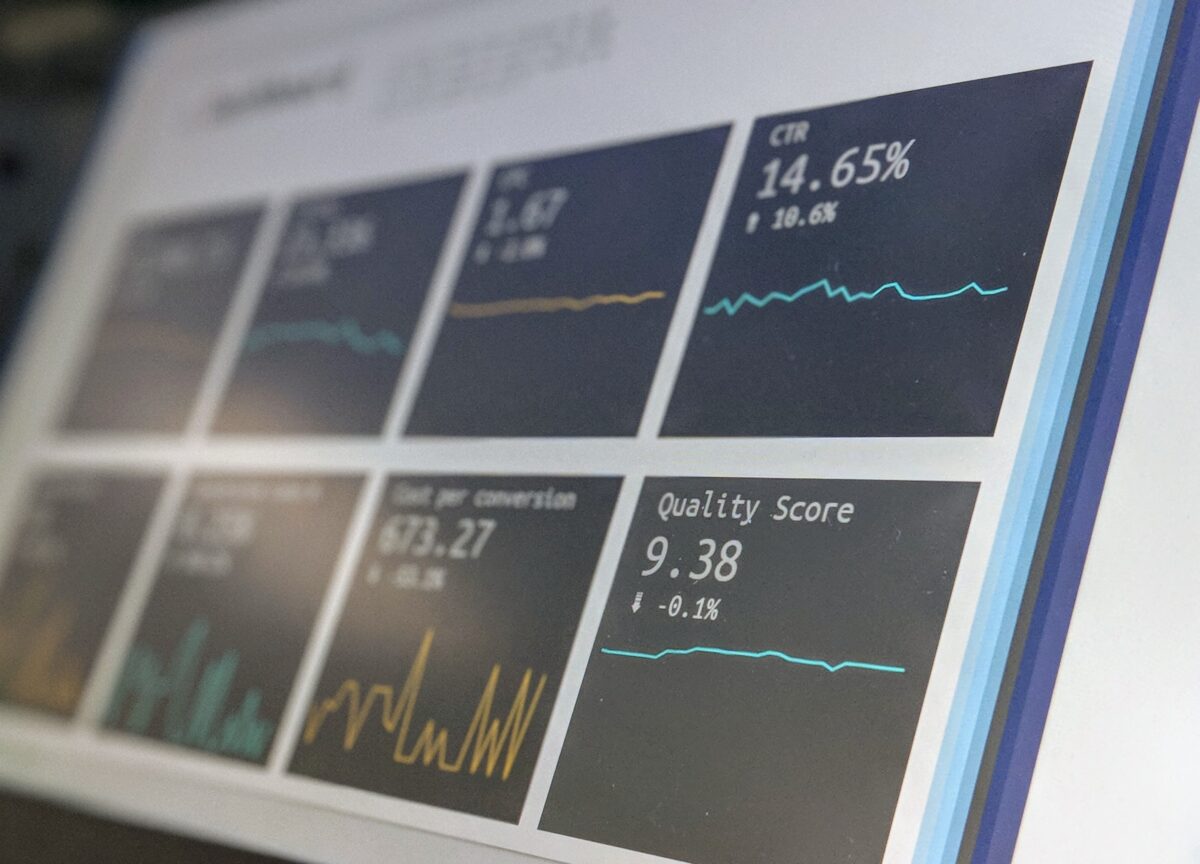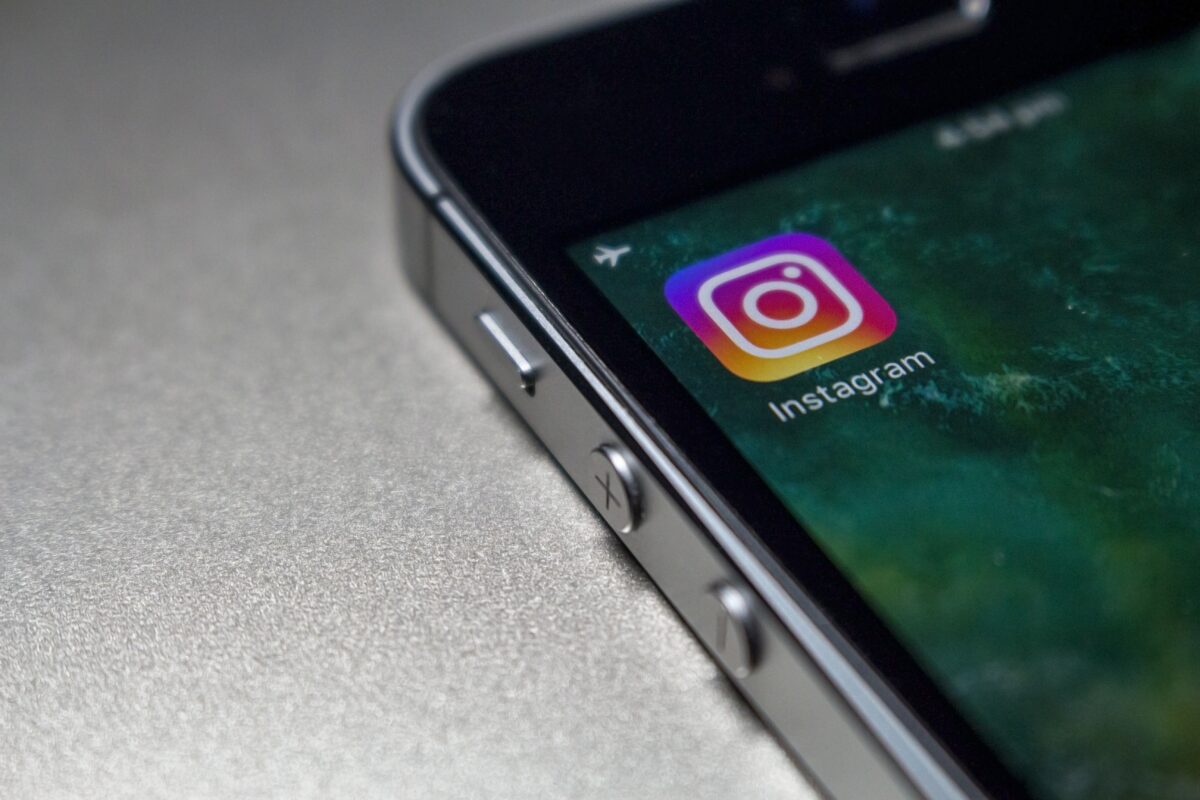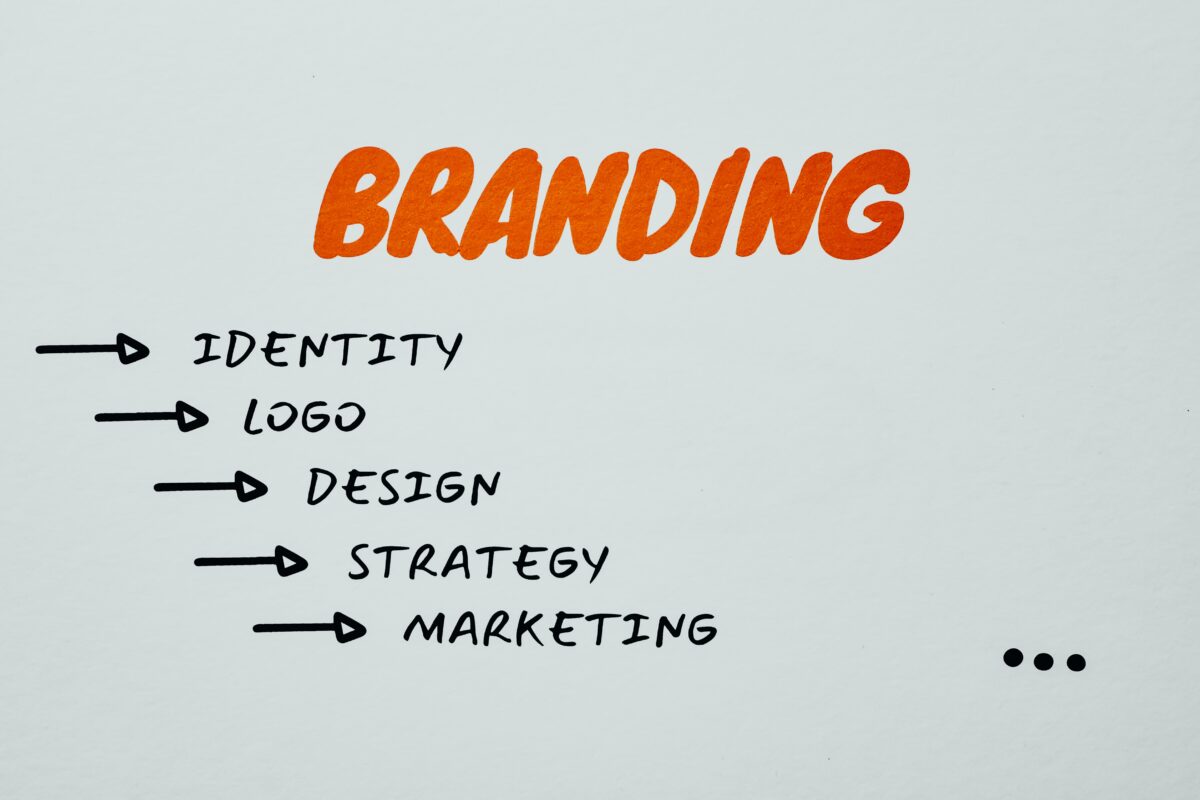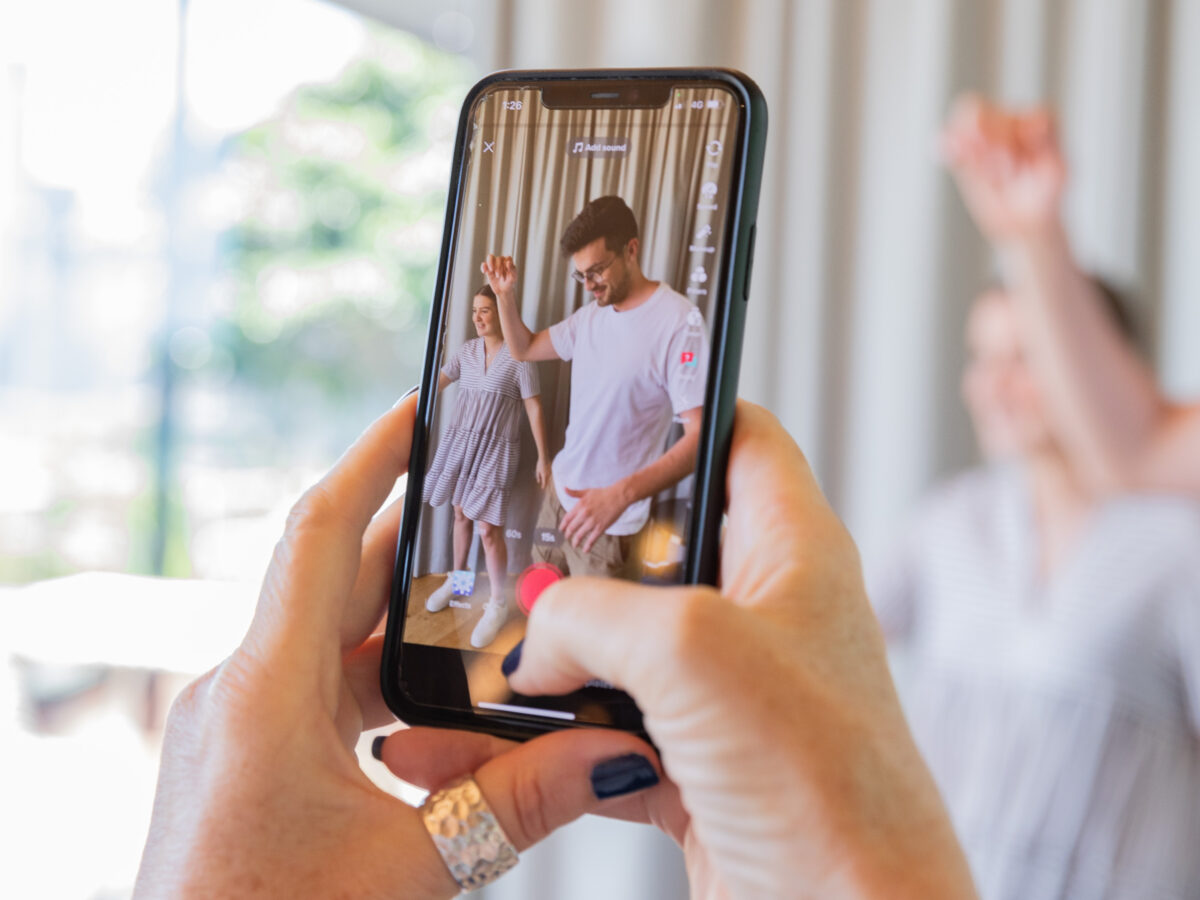In today’s digital landscape, people are bombarded with so much information from various directions. In Donald Miller’s book Building A Story Brand, Miller states, “Story is the greatest weapon to combat noise.” He explained that the story organizes information that compels people to listen. Online … Continue reading “Online storytelling: The intersection of branding and marketing”
5 landing page benefits for your small business
When it comes to converting website visitors to customers, your home page often is not enough. To be clear, your website’s home page acts as more of an introduction to your business. On the flip side, landing pages are standalone web pages that are disconnected … Continue reading “5 landing page benefits for your small business”
6 best things to sell to start a business in 2024
Building a store for a new business takes more effort and planning than developing an ordinary website. An ecommerce platform should have a frictionless shopping cart, a custom domain name, a seamless checkout flow, an intuitive user interface (UI), search engine optimization, and an appealing … Continue reading “6 best things to sell to start a business in 2024 “
What is conversational marketing? 3 ways it can help your business
The power of conversational marketing happens when we can make our messaging helpful, personal, and empathetic—but at scale. By the sound of it, you might think that your company’s digital marketing strategy is already a version of conversational marketing, especially if you’re customer-focused. And you’re … Continue reading “What is conversational marketing? 3 ways it can help your business”
8 reasons to employ an SMS marketing strategy
When you’re in the marketing industry, it’s well-known that some of the most popular marketing strategies bank on short-form social media content creation, influencer marketing, and other forms of digital marketing. One of the most overlooked methods of reaching an audience in 2024 is SMS … Continue reading “8 reasons to employ an SMS marketing strategy”
5 strategies to increase sales with your mobile app
If your business has a mobile app, you have additional opportunities to both engage with your customers and increase overall sales. Mobile apps are powerful tools. About 49 percent of consumers open an app more than 11 times each day, and about 70 percent of … Continue reading “5 strategies to increase sales with your mobile app”
8 tips to write an effective announcement email
When announcing something for your business, it’s important to plan and prepare. In other words, you want to pay extra attention to every aspect of your announcement email. Doing so will ensure that your announcement is a hit, delivering the results you want, rather than … Continue reading “8 tips to write an effective announcement email”
Traditional marketing vs digital marketing
How does traditional marketing compare to digital marketing? Both have a role and both have unique capabilities. We’ll explore those here. What’s the difference? At the core, traditional marketing takes place offline, while digital marketing happens through digital channels (i.e. online). That being said, there … Continue reading “Traditional marketing vs digital marketing”
8 steps to create an effective SEO strategy
The right SEO strategy helps you optimize for search engines so that your content gets seen by potential consumers. SEO stands for search engine optimization, and an SEO strategy refers to the process of planning and implementing steps to improve your organic search engine rankings. … Continue reading “8 steps to create an effective SEO strategy”
How to leverage mobile apps in boosting sales and business efficiency
Whether you’re new or you’ve been around for a while, developing a mobile app for your business can help you stay ahead of the competition, boost operations, and skyrocket your sales. Mobile apps have this transformative power because they can keep users (your customers) engaged … Continue reading “How to leverage mobile apps in boosting sales and business efficiency”
10 ways you can creatively and digitally promote your business
In the ever-evolving landscape of digital marketing, using creative strategies is imperative for businesses aiming to stand out and capture the attention of their target audience through digital promotion. The following are 10 effective ways to digitally promote your business, emphasizing innovation and engagement. From … Continue reading “10 ways you can creatively and digitally promote your business”
Digital marketing strategies for call centers: A winning combination
The global call center industry has been rapidly evolving with the integration of advanced digital technologies and marketing strategies. With call centers shifting from traditional customer service models to strategic customer experience hubs, leveraging data, AI, and automation, digital marketing plays a pivotal role in … Continue reading “Digital marketing strategies for call centers: A winning combination”
What is data-driven marketing and why you should invest in it
What is data-driven marketing? Data-driven marketing is a strategy that relies on the analysis of vast sets of data to gain insights into customer behavior, preferences, and interactions and then to use those insights to influence how you market to them. Why is data-driven marketing … Continue reading “What is data-driven marketing and why you should invest in it”
6 tips to boost brand awareness with email marketing
In a digital world where a brand’s visibility can make or break its success, building strong brand awareness has become a non-negotiable part of any effective marketing strategy. Yet, amidst the noise of social media campaigns and influencer partnerships, one tool often flies under the … Continue reading “6 tips to boost brand awareness with email marketing”
8 ways to boost your next marketing campaign
A successful marketing campaign requires careful planning, creativity, and strategic execution. In the world of marketing, staying ahead of the curve is crucial to capturing your audience’s attention while driving results for your business. However, with a constantly shifting marketing landscape, discovering new ways to … Continue reading “8 ways to boost your next marketing campaign”
7 tips to level up your franchise content marketing
You likely know by now that content is king. And that’s true for your franchise business as well. But when it comes to franchise content marketing, it’s almost too easy to find yourself spinning your wheels. Creating content to simply create content, without a direction, … Continue reading “7 tips to level up your franchise content marketing”
10 strategies for building website traffic on a budget
It’s easy to spend the majority of your new website budget on design and development without money left over for promotion and marketing, and now, you need to grow website traffic. Maybe you’ve found yourself in this situation? The good news is that you can … Continue reading “10 strategies for building website traffic on a budget”
Digital marketing 101: A beginner’s guide
Digital marketing 101 overview Any business owner likely has heard the term “digital marketing” before, but how well do you understand it and the opportunities it offers for your business? It can be overwhelming as it covers many forms and can involve many strategies since … Continue reading “Digital marketing 101: A beginner’s guide”
How to measure the success of your email marketing campaign
It’s important to measure email marketing when running campaigns. Email marketing platforms, such as DailyStory, include built-in analytics tools you can use to understand how your emails are performing. The good news is that email marketing is easy to measure. Most email marketing services, including … Continue reading “How to measure the success of your email marketing campaign”
4 tips when using Instagram Guides
Instagram Guides are one of the most underrated Instagram features that you may not be using…yet. But Instagram Guides are excellent for sharing curated content with your followers. Users can easily consume a collection of Instagram posts, products and more in an easy-to-digest format. For … Continue reading “4 tips when using Instagram Guides”
7 steps to gain insights into your franchise competition
How often do you perform a competitive analysis of your franchise competition? If the answer is “not often” or “never,” your franchise business is missing out on valuable insights. About 90 percent of Fortune 500 companies practice some form of competitive analysis regularly. A franchise … Continue reading “7 steps to gain insights into your franchise competition”
10 ways to create email marketing campaigns that convert
Email marketing campaigns are still one of the most effective tools in your digital marketing toolkit. For every dollar you spend on email marketing, you can expect an average return of $40. In addition, email is the main driver of customer retention and acquisition for … Continue reading “10 ways to create email marketing campaigns that convert”
8 benefits of personalization in your digital marketing
Now more than ever, consumers want businesses to treat them as individuals. Personalization in your digital marketing can help. In fact, personalization allows you to show that you really know your customers and can create unique experiences for them across platforms. Personalized marketing, otherwise known … Continue reading “8 benefits of personalization in your digital marketing”
8 benefits of using an Instagram business account (and how to set it up)
Instagram is a must-have social media platform for many businesses, but do you need an Instagram business account? The visuals-first app generates about 1 billion active monthly users and is particularly popular among consumers 34 and younger. Features have diversified since its founding in 2010, … Continue reading “8 benefits of using an Instagram business account (and how to set it up)”
5 signs that your branding is broken
Your brand is your business’s identity. So, your branding is the reflection and culmination of your business’s personality, appearance, voice and overall vibe. It takes about seven seconds for consumers to make an instant decision about whether or not they like and trust your brand. … Continue reading “5 signs that your branding is broken”
6 benefits of using CRM software for small businesses
Businesses of all sizes consider CRM software as a near-vital tool because of its ability to make communications more consistent, efficient and relevant. CRM (which stands for “customer relationship management”) software gathers customer interactions in one central place to improve the customer experience and overall … Continue reading “6 benefits of using CRM software for small businesses”
5 omnichannel marketing tips to help grow your business
With shopping habits rapidly evolving, it’s more important than ever for your multiple marketing channels to work together to engage consumers and ultimately lead them to purchase from you. Enter omnichannel marketing. Even if customers are in your physical store, about 42 percent of in-store … Continue reading “5 omnichannel marketing tips to help grow your business”
6 tips for marketing to Millennial consumers
Often the punchline to a joke, Millennial consumers should not be overlooked. Born between 1981 and 1996, creative and tech-savvy Millennials are transforming our marketplace. Millennials care about saving, peer recommendations, reading and researching before they buy and environmentally rewarding experiences. In fact, Millennials were … Continue reading “6 tips for marketing to Millennial consumers”
11 steps to create an effective business website
Regardless of the type of small business you have, an effective and engaging website is critical to your brand’s success. With almost 2 billion websites on the internet and U.S. users visiting more than 130 web pages per day, you have stiff competition to not … Continue reading “11 steps to create an effective business website”
Growth marketing: What it is and 4 ideas to inspire you
Growth marketing is all about your long-term strategy, but the term itself can lead to confusion regarding its true meaning. Because marketing is what’s done to grow a business, shouldn’t all marketing be growth marketing? The answer is no. Growth marketing is a strategy-based, data-driven … Continue reading “Growth marketing: What it is and 4 ideas to inspire you”
6 differences between traditional PR and digital PR
These days, there are two different types of PR: traditional and digital. PR, which stands for public relations, refers to a strategic communication process that builds mutually beneficial relationships between organizations and the public. Choosing whether your business should focus on traditional PR or digital … Continue reading “6 differences between traditional PR and digital PR”
11 ways to better engage with Gen Z consumers
If your business is targeting Gen Z consumers, you likely already know that what might work for most consumers won’t necessarily work for this audience group. Roughly speaking, Gen Z includes individuals who were born between 1997 and 2012 and make up about 20 percent … Continue reading “11 ways to better engage with Gen Z consumers”
12 digital marketing strategy tips during a recession
No business wants a recession to happen, but they are inevitable. Any shrinking of the economy can spur necessary changes not just in business plans but in your digital marketing strategy as well. Since 1945, the U.S. has gone through 11 recessions officially. While many … Continue reading “12 digital marketing strategy tips during a recession”


